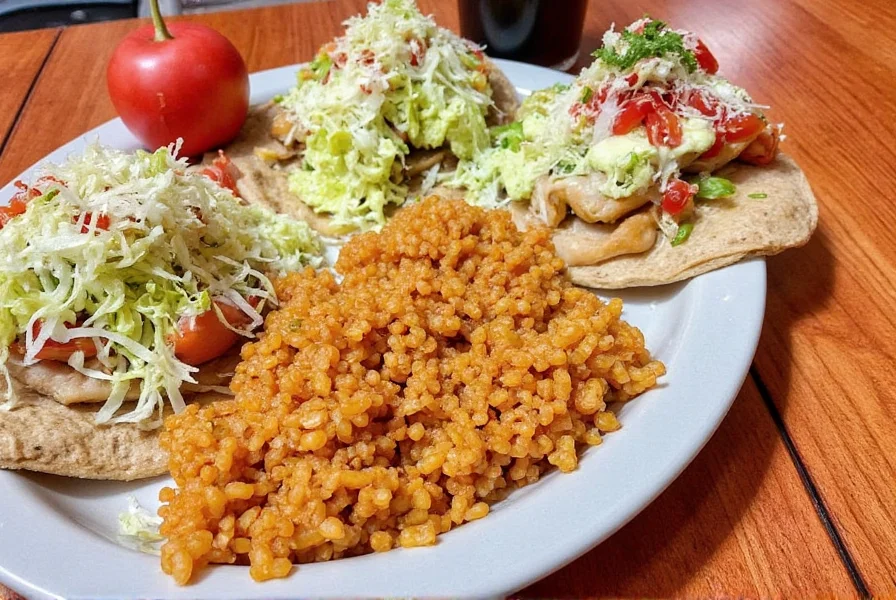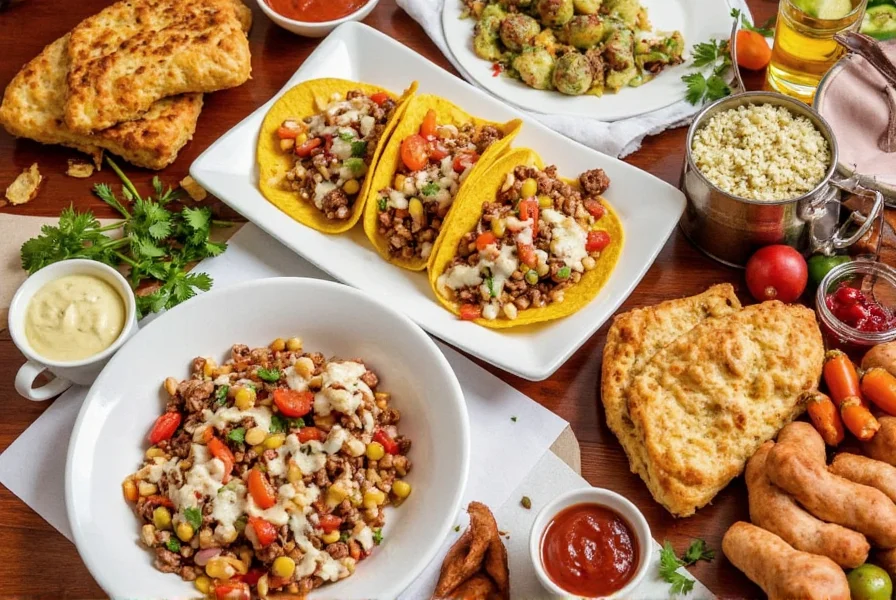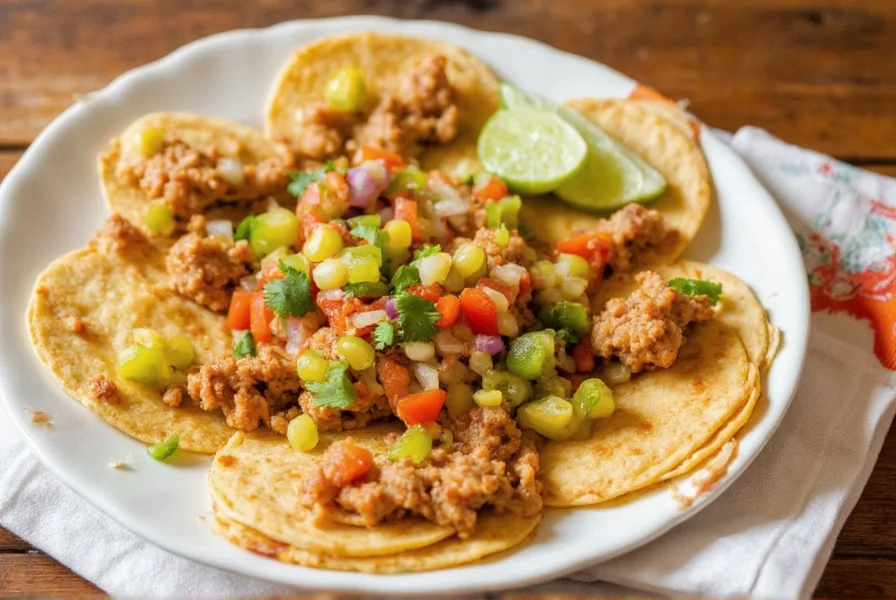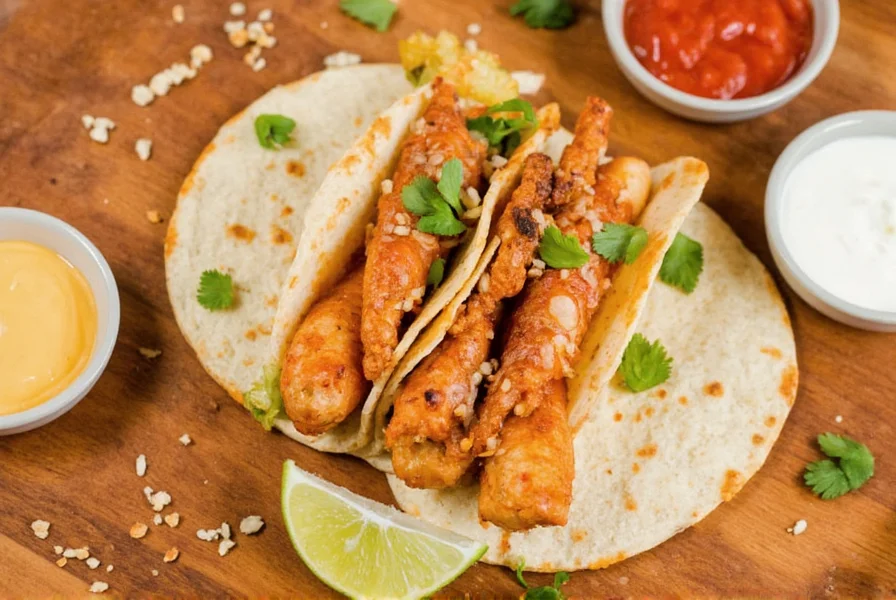A Spicy Journey Through Authentic Mexican Flavors: From Tacos to Tamales
When it comes to global spice traditions, few places are as vibrant and flavorful as Mexico. The country’s culinary heritage is a rich tapestry of indigenous and colonial influences, all tied together by the bold use of spices. Whether you're a seasoned foodie or just beginning your spice journey, understanding what makes Mexican cuisine truly authentic is essential. In this article, we’ll take you through the heart of Mexican cooking, from the ingredients that define its flavor to the dishes that make it unforgettable.
Table of Contents
- What Is Authentic Mexican?
- Spices That Make Mexican Cuisine Special
- Traditional Mexican Dishes You Should Know
- How to Buy Authentic Mexican Spices
- Tips for Cooking with Authentic Mexican Flavors
- Buying Guide
- Conclusion
What Is Authentic Mexican?
Authentic Mexican cuisine isn’t just about using the right ingredients—it's about respecting the traditions, techniques, and regional diversity that have shaped the country’s food culture over centuries. From the smoky depth of chipotle to the bright tang of lime, each spice and ingredient tells a story of history, geography, and community. Understanding these elements helps you bring true Mexican flavor into your kitchen.
One of the most important aspects of authentic Mexican cooking is the use of native ingredients. For example, the chiles (peppers) used in Mexican recipes vary widely in heat level and flavor profile. From the mild poblano to the fiery habanero, each has a unique role in the dish. Similarly, tomatillos, mole, and epazote are staples that give Mexican food its unmistakable character.

Spices That Make Mexican Cuisine Special
Mexican cuisine is known for its bold and complex flavors, which are achieved through a careful balance of spices. Here are some of the most essential ones:
- Chili Powder: A blend of ground chiles, cumin, and other spices, chili powder is used in everything from tacos to stews.
- Cumin: Adds a warm, earthy note to many traditional dishes like carnitas and enchiladas.
- Oregano: Not to be confused with Italian oregano, Mexican oregano has a more pungent and citrusy flavor.
- Garlic: A staple in salsas, moles, and marinades.
- Paprika: Used in both sweet and smoked varieties, especially in dishes like chiles rellenos.
- Cinnamon: Often found in mole sauces and desserts like pan dulce.
- Epazote: A strong, aromatic herb used primarily in beans and soups.
These spices work together to create layers of flavor that are both comforting and exciting. But how do they differ from their counterparts in other cuisines? Let’s take a closer look with a comparison table:
| Spice | Mexican Use | Other Cuisines |
|---|---|---|
| Chili Powder | Tacos, enchiladas, salsas | Used in Indian and Middle Eastern dishes |
| Cumin | Carne asada, tamales | Common in Indian and North African dishes |
| Oregano | Salsas, grilled meats | Italian and Mediterranean dishes |
| Epazote | Bean dishes, soups | Rarely used outside of Latin America |
Traditional Mexican Dishes You Should Know
Mexican cuisine is incredibly diverse, with each region offering its own unique specialties. However, there are a few dishes that are universally recognized and loved around the world:
- Tacos: A classic street food made with corn or flour tortillas filled with various ingredients like al pastor, carnitas, or fish.
- Tamales: Steamed masa wrapped in corn husks, often filled with pork, chicken, or vegetables.
- Enchiladas: Tortillas rolled and covered in a chili sauce, typically topped with cheese and sour cream.
- Mole: A rich, complex sauce made from chiles, chocolate, nuts, and spices, often served with chicken or turkey.
- Chiles Rellenos: Stuffed peppers filled with cheese, battered, and fried.
Each of these dishes relies heavily on the right combination of spices and ingredients to achieve its signature taste. And while you can find variations of these dishes worldwide, nothing beats the authenticity of a home-cooked meal in Mexico.

How to Buy Authentic Mexican Spices
Not all spices labeled as “Mexican” are created equal. To ensure you’re getting the real deal, follow these tips:
- Look for local sources: Specialty stores, markets, and online retailers that focus on Mexican ingredients are more likely to carry high-quality products.
- Check the packaging: Authentic Mexican spices often come in small, traditional containers with clear labeling. Avoid overly processed or generic-looking packages.
- Ask about origin: Some spices, like chili powder and cumin, may be imported from other countries. Ask where the product was sourced.
- Read reviews: Online reviews can help you identify reputable brands that consistently deliver quality.
Here’s a quick guide to help you choose the best options:
| Spice | Best Brands | Why It Works |
|---|---|---|
| Chili Powder | La Costeña, El Pueblo | Uses traditional blends of chiles and seasonings |
| Cumin | Los Chileros, Salsa Loco | Hand-ground for maximum flavor |
| Oregano | El Compadre, La Cocina | Has a stronger, more distinct aroma than Italian oregano |
| Epazote | Herbamore, El Mercado | Often sold fresh or dried in traditional Mexican markets |
Tips for Cooking with Authentic Mexican Flavors
If you're new to Mexican cooking, here are a few practical tips to help you get started:
- Use fresh ingredients whenever possible: Fresh tomatoes, herbs, and chiles will make a huge difference in the final dish.
- Toast your spices before using them: This enhances their flavor and brings out their natural oils.
- Balance heat with acidity: Lime juice, vinegar, or tomatoes can cut through the spiciness and add brightness.
- Experiment with regional styles: Try making a Yucatecan-style cochinita pibil or a Oaxacan-style mole to explore the diversity of Mexican cuisine.
One of the most common mistakes when trying to replicate authentic Mexican flavors is overusing certain spices. Remember, less is often more—especially with something like cumin or chili powder.

Buying Guide
If you're looking to enhance your kitchen with authentic Mexican spices, here are some top products that are worth considering:
1. La Costeña Chili Powder
Features: A traditional blend of chiles, garlic, and cumin. Ideal for tacos, salsas, and stews.
Advantages: Consistent quality, easy to use, great for beginners.
Use Cases: Perfect for everyday cooking, especially for those who love spicy, hearty meals.
Target Audience: Home cooks and food enthusiasts looking for an easy way to add authentic flavor.
Suitable Occasions: Weeknight dinners, family gatherings, and potlucks.
2. Los Chileros Cumin
Features: Hand-ground cumin with a deep, nutty flavor.
Advantages: Superior aroma and taste compared to mass-produced versions.
Use Cases: Great for marinating meats, making rice, or seasoning beans.
Target Audience: Serious cooks and spice lovers who value quality.
Suitable Occasions: Special occasions, holiday meals, and gourmet cooking.
3. Herbamore Epazote
Features: Dried epazote leaves with a strong, herbal scent.
Advantages: Enhances the flavor of beans and soups, adds a unique depth.
Use Cases: Best used in traditional bean dishes like refried beans or black bean soup.
Target Audience: Those interested in authentic Mexican cooking and traditional recipes.
Suitable Occasions: Family meals, cultural celebrations, and health-conscious cooking.
Conclusion
Authentic Mexican cuisine is more than just a collection of ingredients—it's a celebration of culture, tradition, and flavor. By understanding the spices, techniques, and dishes that define Mexican cooking, you can bring a piece of this rich heritage into your own kitchen. Whether you're preparing a simple taco or a complex mole sauce, the key is to embrace the boldness and complexity that make Mexican food so special.
So, grab your favorite spices, start experimenting, and let your taste buds travel to the heart of Mexico. After all, when it comes to authentic Mexican flavor, the journey is just as delicious as the destination.











 浙公网安备
33010002000092号
浙公网安备
33010002000092号 浙B2-20120091-4
浙B2-20120091-4